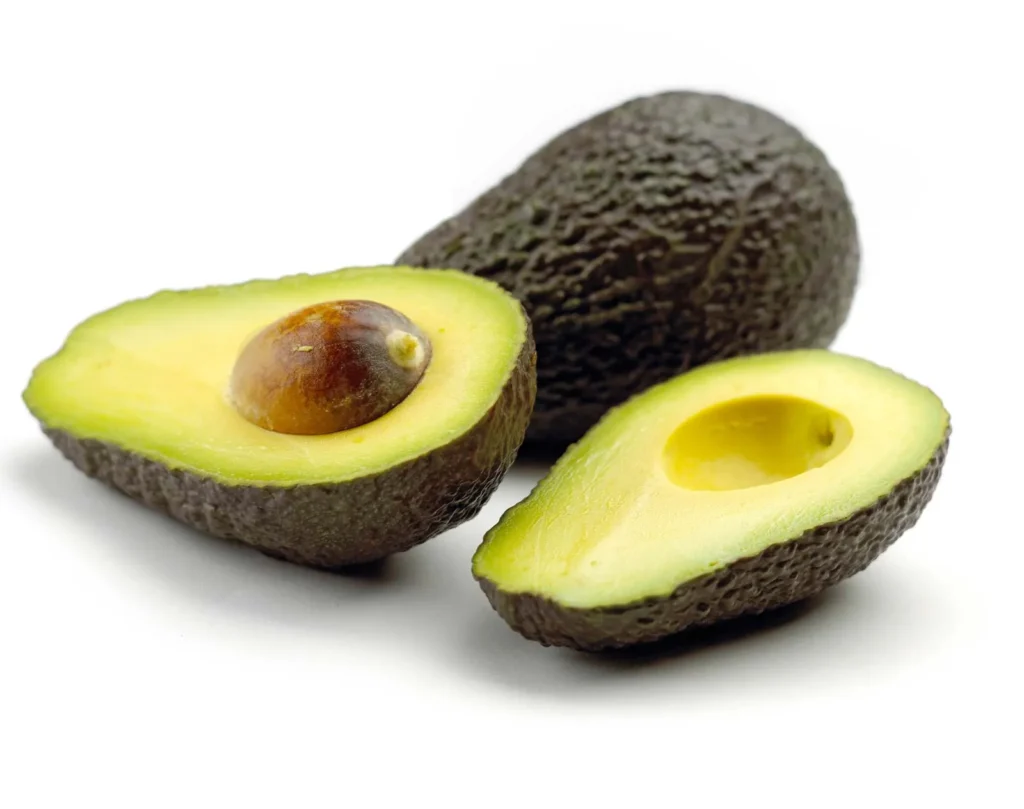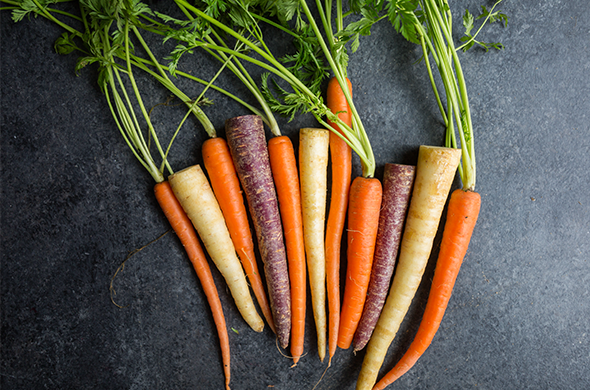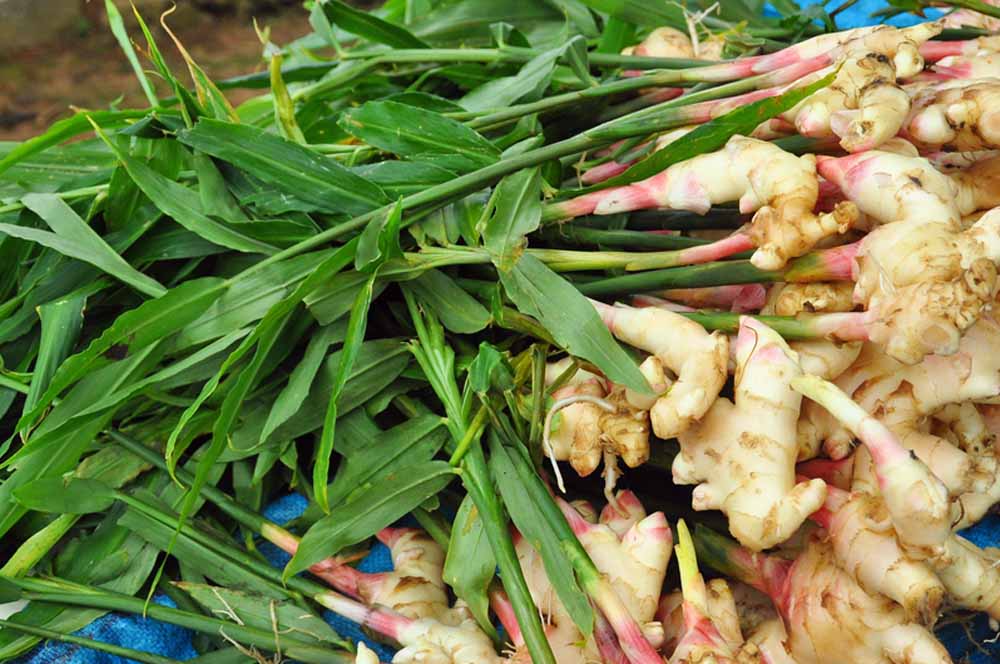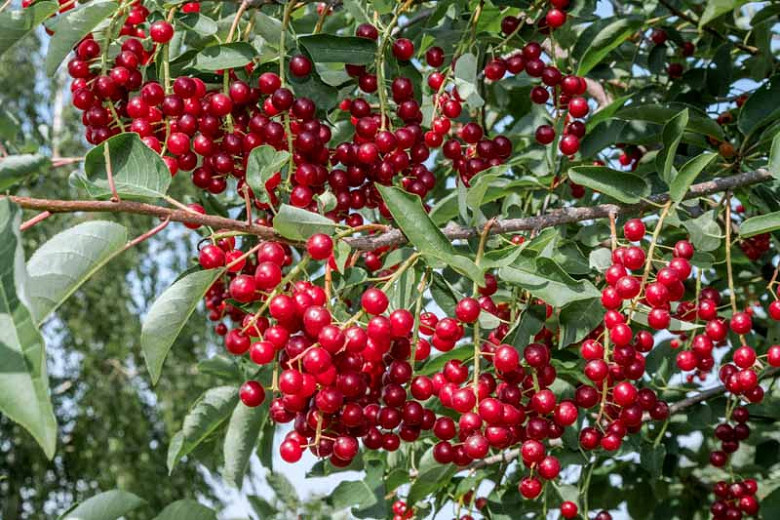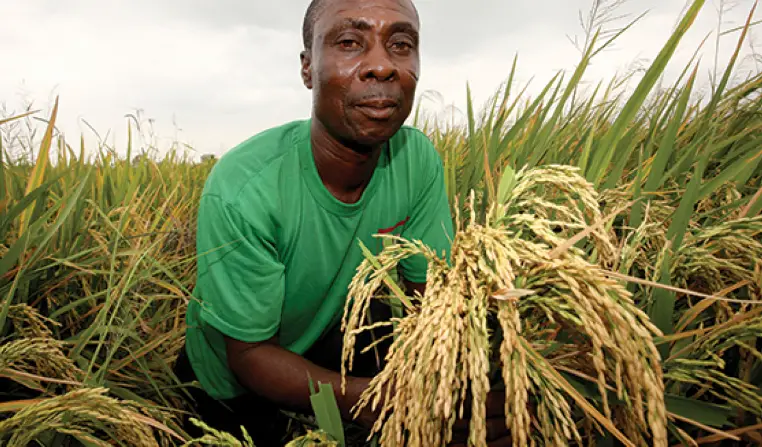Planting pineapples can be really fun and you can end up with tasty fruit, but you have to wait a while. Knowing how pineapples grow and looking after them well can help you grow your own. Let’s talk about how long it takes for a pineapple to grow and what happens while it’s growing.
Table of Contents
Pineapple Growing Stages
Different fruits grow in different ways. Pineapples have their own special steps to grow. Let’s look at what happens as a pineapple plant grows.
1. Starting From the Top
Pineapples don’t start from seeds like many other plants. They start from the top of another pineapple. After picking a pineapple, you can cut off the top and use it to grow a new one.
Plant this pineapple top in soil that waters can run through well, and in a few weeks, it should start to grow roots. At this beginning part, the baby plant works hard to make strong roots and grow its first leaves.
2. Growing Lots of Leaves
When the roots are in place, the pineapple plant is ready to make more leaves. This part is about making the leaves big and strong so they can catch sunlight for the plant to turn into food.
Pineapple plants are special because they can save water when it’s very hot and dry. This is important for plants that live where pineapples do. During this time, the plant puts all its work into making more leaves, which grow in a circle.
3. Starting the Fruit
After some time, the pineapple plant gets ready to make fruit. A tall stem comes out from the middle with lots of little flowers on it. These flowers can turn into pineapples.
4. The Pineapple Gets Bigger and Ripe
Once bees and other bugs visit the flowers, they start to turn into fruit. The little pineapples get bigger and start to change. In the beginning, they are green and hard, but they slowly turn more colorful and soft.
How long this takes can change based on the type of pineapple, where you grow it, and the weather. Mostly, it takes between 18 to 24 months from when you plant it until it’s all grown up. But sometimes it can be quicker, like 12 months, or take longer, like 36 months.
5. Picking the Pineapple
Picking the pineapple at just the right time is important so it tastes sweet and delicious. When the pineapple turns a golden-yellow color and smells nice, it’s usually ready. Also, if you can tug the leaves in the middle of the top and they come out easily, it’s a good sign the pineapple is ripe.
You should wait until the pineapple is completely ripe before picking it. If you pick it too early, it won’t be as sweet. If you wait too long, it might not be as good anymore.
How Long Before a Pineapple Is Ready?
Usually, a pineapple is ready to eat about 18 to 24 months after you plant it. But, again, this can be different depending on the kind of pineapple, where it’s growing, and the weather. Some might be ready sooner, like in 12 months, and others might need up to 36 months. Make sure to wait until it’s perfectly ripe before you pick it so you can enjoy the tastiest pineapple.
Growing a pineapple from just the top into a big, juicy fruit needs time and care. Knowing all about the pineapple’s growth stages and what can make it ripe will help you understand what the fruit goes through. So, when you next eat a yummy pineapple, think about how much waiting and work it took to get it to you.

